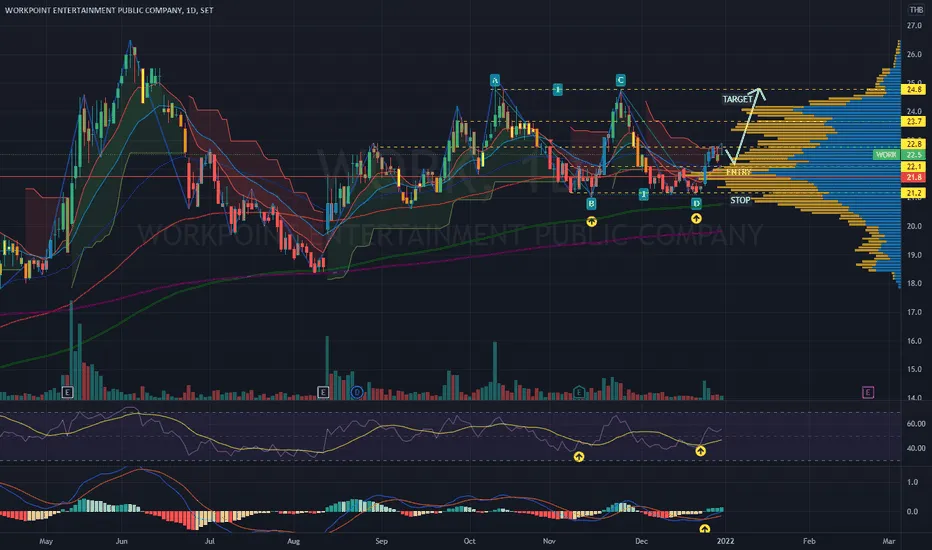In today’s fast-paced financial markets, traders are constantly looking for ways to gain an edge. One of the most effective tools available is the trading bot — a software program designed to execute trades automatically based on pre-set rules. By setting up a trading bot correctly, you can save time, eliminate emotional trading decisions, and potentially maximize your profits.
This guide will walk you step-by-step through how to set up a trading bot, from choosing the right platform to optimizing its performance for long-term gains.
1. Understand What a Trading Bot Does
A trading bot is essentially an algorithm that connects to your brokerage or exchange account to execute trades automatically. It follows your chosen strategy 24/7, even when you’re away from the screen. Common benefits include:
- Faster execution than manual trading
- Consistent decision-making based on strategy
- Ability to trade multiple markets simultaneously
- No emotional bias
However, trading bots are not a “set-and-forget” solution. They require proper setup, monitoring, and occasional adjustments.
2. Choose the Right Trading Bot Platform
Before setting up, you need a reliable bot platform. When evaluating your options, consider:
- Security – End-to-end encryption and API key protections
- Ease of use – User-friendly interface and documentation
- Supported markets – Compatibility with your preferred exchanges (e.g., forex, crypto, stocks)
- Customizability – Ability to set indicators, risk parameters, and strategies
- Backtesting features – To test your strategy on historical data before going live
3. Define Your Trading Strategy
A bot is only as good as the strategy behind it. Here are some popular approaches:
- Trend Following – Buy when the price is going up, sell when it’s going down
- Arbitrage – Exploit price differences between exchanges
- Scalping – Make small, frequent trades to capture quick profits
- Mean Reversion – Assume prices will return to their average over time
Document your strategy clearly, including entry and exit signals, stop-loss levels, and profit targets.
4. Set Up Your Trading Bot Step-by-Step
Step 1: Create an Account
Sign up with your chosen trading bot platform and verify your identity if required.
Step 2: Connect Your Exchange
Link your bot to your trading account via API keys. Always enable withdrawal restrictions on the API to protect your funds.
Step 3: Configure Trading Pairs
Select the markets you want to trade. For example, BTC/USDT for crypto or EUR/USD for forex.
Step 4: Set Risk Parameters
Define maximum trade size, daily loss limits, and stop-loss orders to manage risk.
Step 5: Apply Technical Indicators
Integrate indicators such as Moving Averages, RSI, MACD, or Bollinger Bands depending on your strategy.
Step 6: Backtest Your Strategy
Use historical market data to see how your strategy would have performed in the past. Adjust settings as needed.
Step 7: Start with Paper Trading
Run your bot in simulation mode to verify performance without risking real money.
Step 8: Go Live
Once confident, switch to live trading with a small initial investment.
5. Optimize Your Bot for Maximum Profits
- Regularly update strategies based on market conditions
- Monitor performance metrics such as win rate, profit factor, and drawdown
- Avoid over-optimization — settings that work in past data may not work in live markets
- Stay informed about economic news and events that can impact your chosen markets
6. Common Mistakes to Avoid
- Starting with large amounts of capital before testing
- Ignoring security settings on API keys
- Overtrading without proper stop-losses
- Relying entirely on the bot without human oversight
7. The Importance of Continuous Learning
Financial markets are constantly evolving. New indicators, strategies, and risk management techniques emerge regularly. A successful trader continuously studies and adapts, ensuring the bot remains profitable over time.
Conclusion
Setting up a trading bot can be a game-changer for your trading journey. By selecting a secure platform, defining a clear strategy, and continuously monitoring its performance, you can potentially maximize your profits while minimizing emotional errors.
Remember: A trading bot is a tool, not a magic money machine. Combine it with sound trading principles and disciplined risk management, and it can become a powerful ally in your quest for consistent returns.
